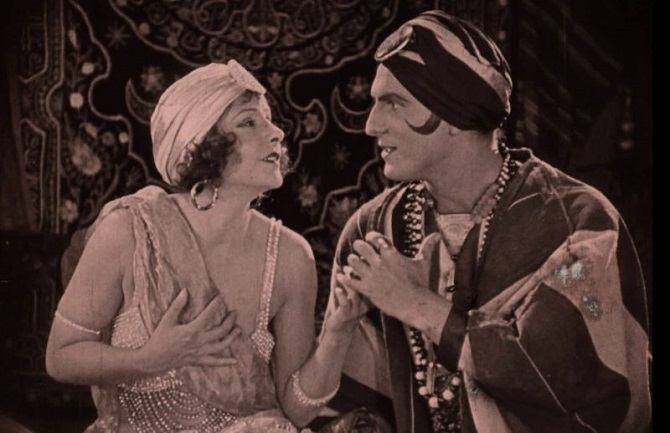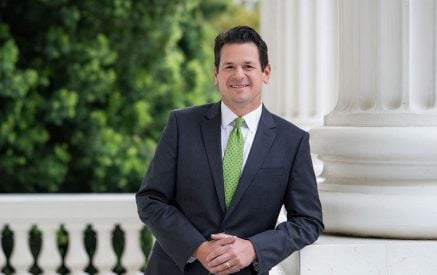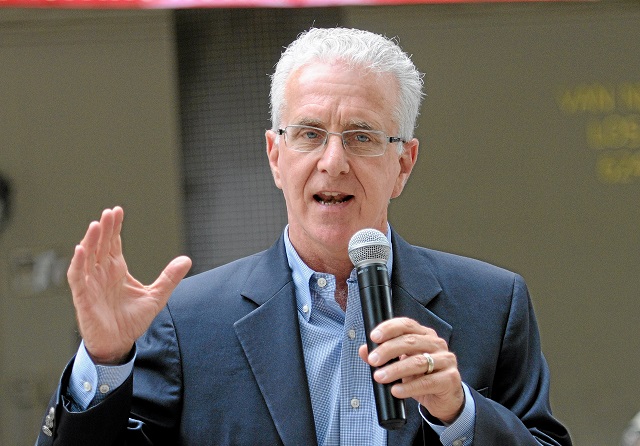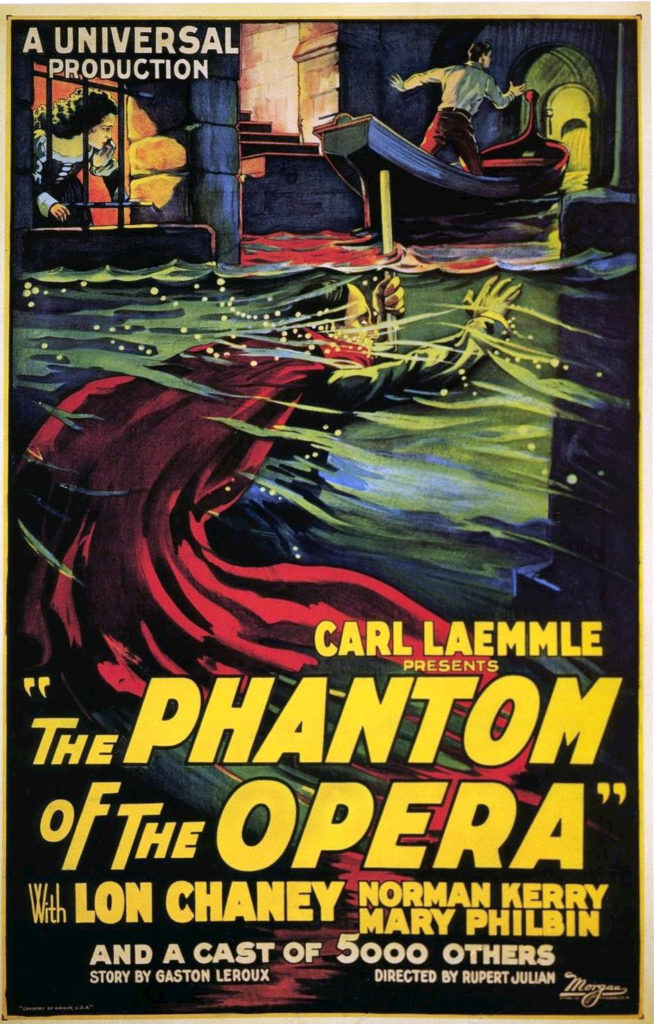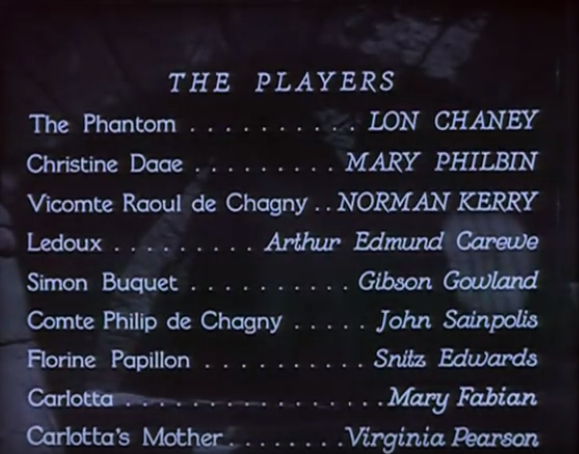The Armenian Mirror-Spectator. NEW YORK – Under the non-Armenian name Arthur Edmund Carewe there was a man with a very Armenian identity – Hovsep Hovsepian, once one of the most prominent actors on Broadway and a famous American silent-movie star. Many sources suggest that Hovsepian was the first Armenian actor to take part in Broadway shows.
Born in 1884 in Trebizond, in the Ottoman Empire, at a young age, he lost his father, who was a prominent banker. In 1896, in the midst of the Hamidian massacres, Hovsep’s mother took her sons Ardashes and Hovsep to the United States. After attending the Corcoran Art School in Washington, D.C., Hovsep graduated with honors from the Academy of Dramatic Arts in New York in 1904.
At this point he faced a tough choice – to pick out a stage-name, as “Hovsep Hovsepian” did not sound suitable at the time for Broadway shows. It is still not clear why he chose “Arthur Edmund Carewe” (this happened in 1910). However, it is possible that these were names of various characters that he played on stage. Interestingly, the same year another Broadway actor Jay John Fox changed his name to Edwin Carewe. According to biographers, Fox chose Carewe from a character he was playing. Broadway’s two Carewes possibly knew one other.
In 1915, Hovsepian married the soprano Irene Pawlovska. The marriage ended in divorce in 1921. As an Armenian-American reporter, Liana Aghajanian, wrote, when he was becoming a U.S. citizen, the strange combination “Turkey Armenia” appeared in his naturalization record next to “country of birth or allegiance” as a reference to the historically Armenian quarters of Trebizond.
Read also
According to some reports, during the Armenian Genocide the actor and his family made an invaluable contribution toward the assistance of Armenian refugees.
Arthur Edmund Carewe played about 50 roles in films, including the famous in its time “The Phantom of the Opera” (Universal Pictures, 1925), “The Mystery of the Wax Museum” (Warner Brothers, 1933) and “Doctor X” (Warner Brothers, 1932). In 1923, prominent filmmaker Cecil B. DeMille recorded a religious film “The Ten Commandments” where he played a short role. Interestingly, when in 1956 the same movie-maker produced the remake of the same film another Armenian-American actor, Mike Connors (Krekor Ohanian) was cast as a character.
It was not uncommon for American film-producers of the early 20th century to have Armenian-American actors playing roles of characters from Near Eastern nations or various African societies. Often Armenians also depicted Russians, especially nobility. Carewe appeared as Count Alix Voronassof in “The World and Its Woman,” Count Orloff in “Diplomacy,” Rajah in “The Place of Darkened Windows” and Prince Yousouf in “A Lover’s Oath”. Another Armenian-American actor, Akim Tamiroff (Hovakim Tamiryants), also portrayed similar characters.
One of the pioneering women filmmakers in America, Norma Talmadge, directed “The Song of Love,” an adventure drama in which Hovsepian-Carewe starred as a fanatical chieftain of the Tuaregs. In 2018, the New York-based Kino Lorber movie distributor company released a restored version of this motion picture.
In the commercially highly successful film “Daddy” (1922), Carewe played the role of the father of the six-year-old child performed by Jackie Coogan, a famous child actor of silent films. Coogan also was known for his fundraising efforts to help Armenian Genocide survivors. In another successful project, “Torrent” (1926), Carewe’s partner was the renowned actress Greta Garbo.
In 1931, the Armenian-American actor was offered the lead role in Bram Stoker’s “Dracula,” but had to decline because of his illness. Before Carewe found out that due to deteriorating health conditions he would not be able to star anymore, sound films came into being. In “Charlie Chan’s Secret,” a segment from which is included in the videoclip below, we can hear Carewe’s voice and maybe even discern an Armenian accent.
They say that in his youth, the actor staged his suicide to gain his girlfriend’s attention. About three decades later, on April 22, 1937, Hovsep Hovsepian committed real suicide, shooting himself in his car. He left a $31 check to fix the vehicle and remove the marks of the suicide.
According to some sources, in 1996 a poll named Carewe among top 10 silent movie American actors. Further research is necessary to validate this information.




















































